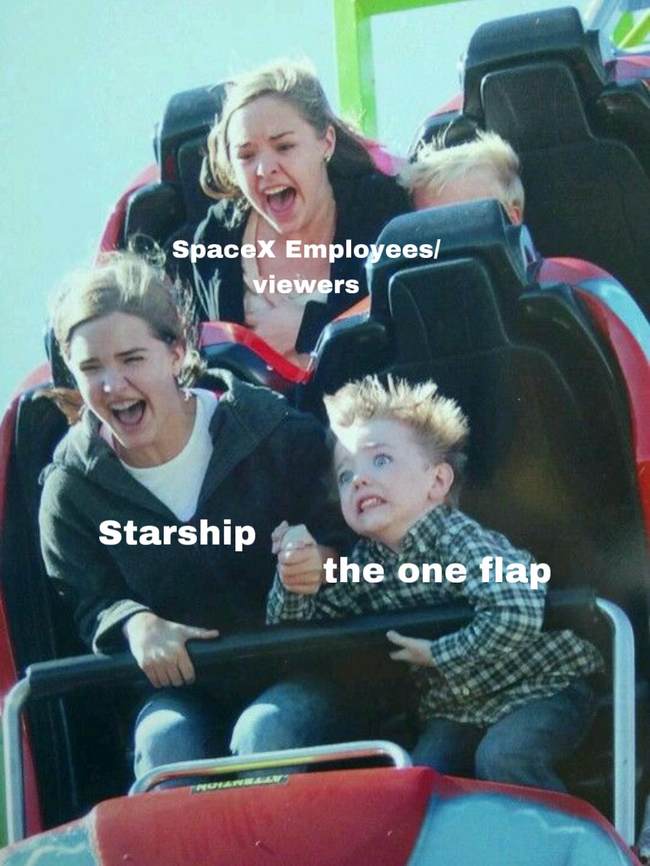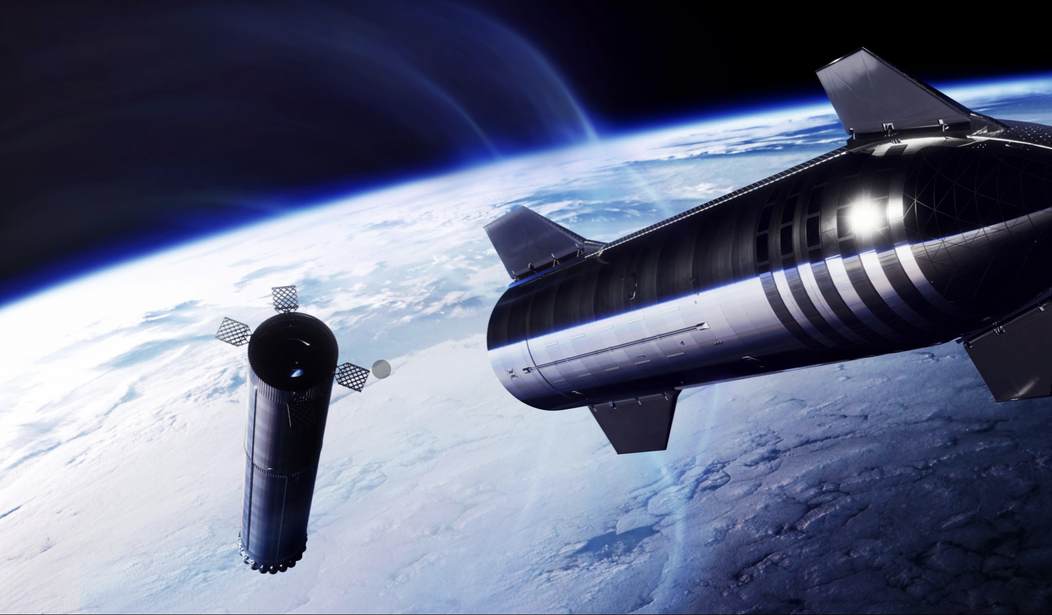The SpaceX Starship rocket — the most powerful to ever fly — achieved two impressive milestones in Thursday morning's Integrated Flight Test 4 (IFT-4), but let me tell you about the second one first.
During IFT-3 last March, the second stage lost control in orbit, and the ground crew had to skip testing the in-space relight of the Ship's engines. A stuck roll control valve during reentry caused a total loss of the vehicle at an altitude of 65 km (40 miles). The IFT-4 iteration of Starship included more maneuvering thrusters and flaps for greater control and stability.
They worked. Man, did they ever work. Or maybe the Ship simply flew better and didn't require the extra control. SpaceX will know soon enough as they examine the flight data.
Now, about that re-entry...
ASIDE: I noticed something today that might be new or at least just new to me. The second stage is called Starship and the first stage is called Super Heavy, but the full stack — Starship on top of Super Heavy — is also called Starship. Today, I heard the hosts refer to the second stage as "Ship." I'll probably end up referring to the second stage as both.
The mission profile was to launch from Starbase in Texas, attempt de-boost and landing burns for Super Heavy (for a non-recoverable water landing in the Gulf of Mexico), while the Ship would enter space for a partial orbital flight before attempting a de-orbit burn and re-entry.
The goal of today's Ship reentry was to not burn up. If they could manage to relight the engines for a landing burn in the Indian Ocean (not a recoverable landing!), that would be the icing on the world's most extravagant cake.
It. Was. Extraordinary.
We got incredible exterior views courtesy of a 4K camera, live-streamed via SpaceX's Starlink satellite internet service. (Full Disclosure: I'm a customer.) The camera's view included one of the flaps used to orient the Ship once back in the Earth's atmosphere. The Ship lit up in the plasma field created by the heat of reentry. The heat tiles held. A few heat tiles (in the least hot areas) were purposely left off for testing purposes. The Ship reached maximum heat as it reentered, but then something went wrong.
It was obvious even to my untrained eye that the flap started burning up at the root where it was attached to the Ship.
And yet the Ship held together. Stuff was burning up, flying off, the camera lens became clouded and then finally cracked from all the debris. But somehow Starship held together. Even with at least one control flap apparently entirely burned away, the Ship managed to orient itself for landing, and the landing engines lit up for a perfectly (???) controlled water landing. The telemetry all looked good.
Recommended: The Great Crusade Was Greater Than You Know
One of the most remarkable parts had nothing to do with the Super Heavy booster or the Ship. Except for three or four brief signal losses, Starlink just kind of casually maintained a hi-def live stream through the entire deorbit cycle, including through a plasma field. Wow.
Whatever went wrong with that flap (and perhaps others we couldn't see), SpaceX will identify the problem, correct for the problem, and test again on IFT-5.
But before any of that excitement happened, Super Heavy performed better than ever. Only 32 of the 33 engines lit off but it has enough excess thrust — by design — to complete a mission with multiple engine failures at launch. More importantly, Super Heavy did exactly what IFT-4 called on it to do: relight engines for a successful de-boost burn, then relight again for a landing burn.
Super Heavy "landed," as it were, in the Gulf of Mexico more or less perfectly.
Just in terms of the mission profile, IFT-4 achieved everything SpaceX had hoped for and, with the Ship's controlled water landing, more.
But there's more to come.
The Associated Press put the worst possible spin on IFT-4, headlining their writeup with "SpaceX’s mega rocket completes its fourth test flight from Texas without exploding." But the mission accomplished so much more than that. Not only did SpaceX meet or exceed all of the mission's goals, but they did so without repeating any issues from the first three IFTs.
More importantly, as the SpaceX video hosts kept reminding viewers, "The data is the payload." Engineers will spend weeks poring over the data captured during IFT-4 to ensure that IFT-5 performs even better.
I can't wait.
UPDATE:

Nailed it!










Join the conversation as a VIP Member